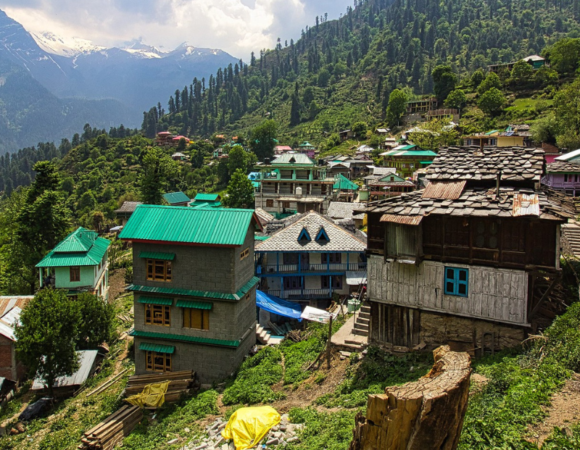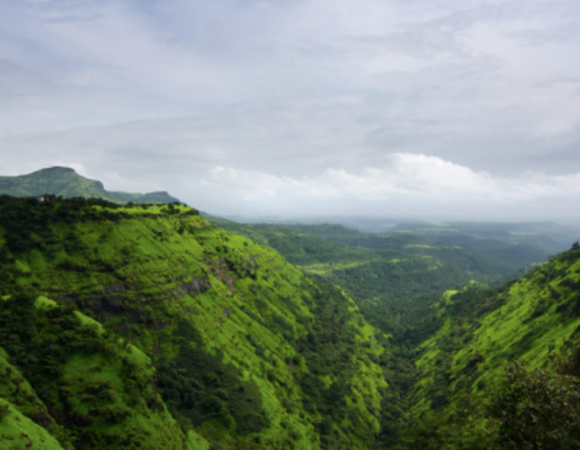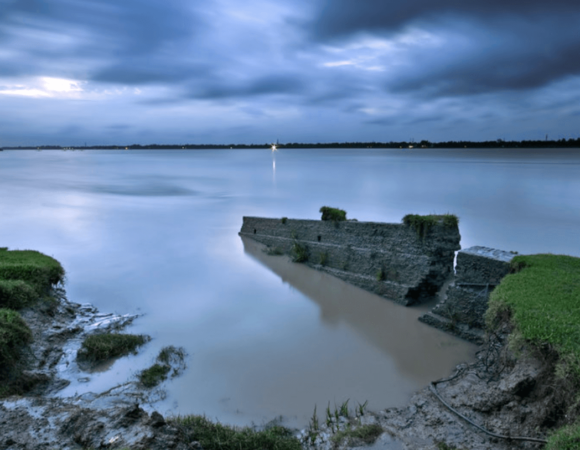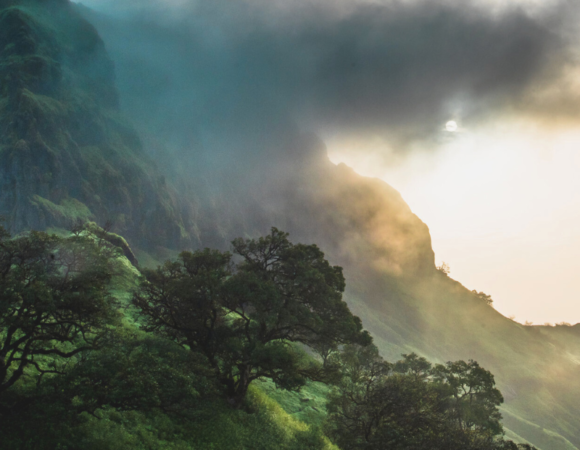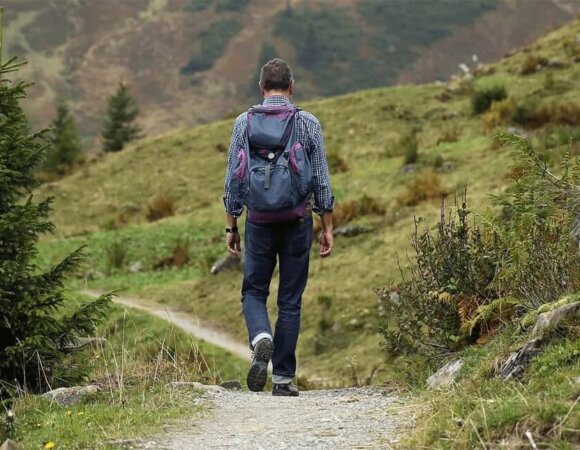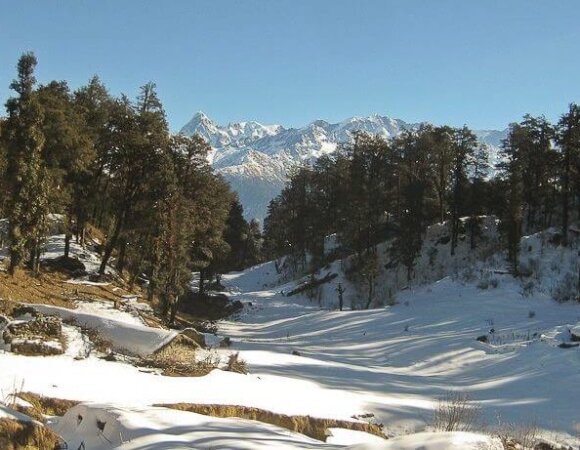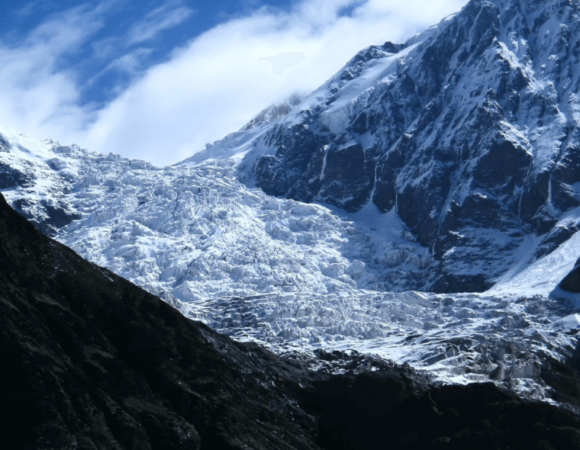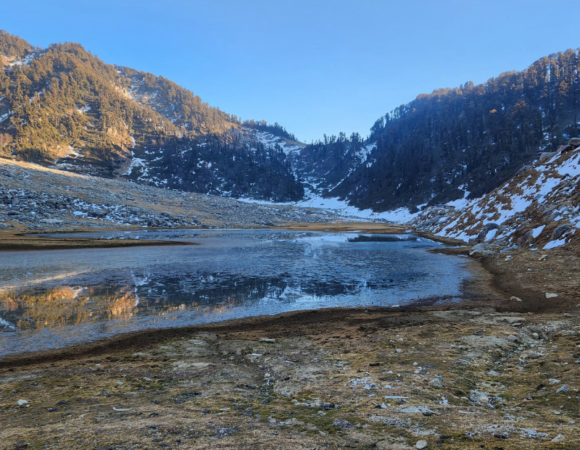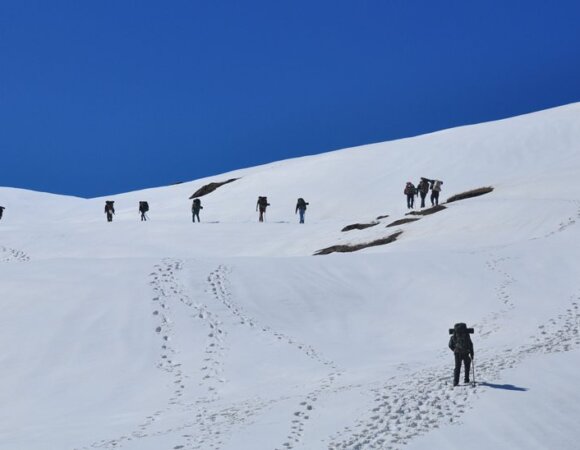Choose To Exploring The Great Outdoors: Trekking vs Hiking, Tips & FAQ’s
Table of Contents
ToggleTrekking vs hiking these are two outdoor activities that are often confused. Learn the differences, benefits, and tips for each, and find out which one is perfect for your next adventure in the great outdoors.

Trekking and hiking are two outdoor activities that are often used interchangeably, but they are not exactly the same. Although both involve walking in natural landscapes, there are distinct differences between the two activities. Understanding the differences can help you decide which activity is best suited for your interests and fitness level.
Trekking
Trekking typically involves walking long distances on mountainous terrain or remote areas for several days. It often requires carrying a backpack with all your gear, including food, water, and shelter. Treks can range from easy to extremely difficult, depending on the terrain, altitude, weather conditions, and length of the trek.

Trekking is an adventurous activity that requires a certain level of fitness and endurance. It often involves camping overnight in the wilderness, where you have to set up your own tent and prepare your meals. Treks can take you to remote areas where you can experience the natural beauty of the landscape, encounter wildlife, and learn about the local culture.
- Plan ahead: Research your trekking route and check weather conditions, trail difficulty, and necessary permits. Make sure you have enough time to complete the trek and pack accordingly.
- Train and prepare: Start training at least a few weeks before your trek by doing cardio and strength exercises, and carrying a weighted backpack during your training. Make sure you have appropriate gear and clothing, including sturdy and comfortable shoes, a backpack, and a water bottle.
- Stay hydrated: Bring enough water and drink regularly during your trek. In high altitude treks, it’s also recommended to drink more water than usual to avoid altitude sickness.
- Take breaks: Take short breaks regularly to rest, stretch, and enjoy the scenery. It’s important to listen to your body and not push yourself too hard.
- Follow the trail: Stay on the designated trail to protect the environment and avoid getting lost. Pay attention to trail markers and signs.
- Leave no trace: Pack out all your trash and dispose of it properly. Avoid damaging vegetation or disturbing wildlife.
- Respect local culture: Be mindful of local customs and traditions, and respect the environment and wildlife. Ask for permission before taking photographs of people or cultural sites.
- Be prepared for emergencies: Bring a first aid kit and know basic first aid procedures. In case of an emergency, know how to signal for help and have a plan for communication and evacuation.
- Travel with a guide or group: If you’re not experienced in trekking or in a new location, it’s recommended to travel with a guide or group for safety and security.
- Enjoy the journey: Trekking is not just about reaching the destination, but also about the journey. Take time to enjoy the scenery, learn about the culture, and connect with fellow trekkers.
Read more: Best Treks in Himachal Pradesh / Uttarakhand
Hiking
Hiking, on the other hand, is a recreational activity that involves walking on trails for a few hours or a day. It can be done in natural areas, such as forests, mountains, and parks, or urban areas, such as city parks. Hiking can be a leisurely activity that can be enjoyed by people of all ages and fitness levels.

Hiking trails are often well-marked and maintained, and they can range from easy to moderate in difficulty. Hiking trails can take you to scenic viewpoints, waterfalls, and natural landmarks. Hiking can be done with a small backpack or even without one, depending on the length of the hike and the location.
- Choose a suitable trail: Select a trail that matches your fitness level and experience. Check trail difficulty, distance, elevation gain, and weather conditions before starting your hike.
- Dress appropriately: Wear comfortable and breathable clothing that is suitable for the weather and terrain. Dress in layers so you can easily adjust your clothing according to the changing weather.
- Wear proper footwear: Invest in sturdy and comfortable hiking shoes or boots with good traction to avoid slipping or tripping on uneven terrain.
- Carry essentials: Bring plenty of water, snacks, and a first aid kit. Carry a backpack that is comfortable and fits well, with enough room for your essentials.
- Use trekking poles: Trekking poles can help with balance and reduce the strain on your knees, especially on steep or uneven terrain.
- Stay on the trail: Stick to designated trails to protect the environment and avoid getting lost. Be aware of trail markers and signs.
- Follow Leave No Trace principles: Pack out all your trash and dispose of it properly. Avoid damaging vegetation or disturbing wildlife.
- Stay hydrated: Drink water regularly during your hike, and avoid dehydration by bringing enough water for the duration of your hike.
- Take breaks: Take short breaks regularly to rest, rehydrate, and enjoy the scenery. Listen to your body and take a longer break if you need it.
- Plan for emergencies: Have a plan for communication and evacuation in case of an emergency. Bring a charged phone, a map, and a compass or GPS device to help navigate if necessary.
- Enjoy the experience: Take time to appreciate the natural beauty around you, and enjoy the physical and mental benefits of hiking. Take photographs and share your experience with others.
Differences Between Trekking vs Hiking
- Duration: Trekking involves walking long distances for several days or weeks, while hiking is usually a day-long activity.
- Terrain: Trekking involves walking on mountainous or remote terrain, while hiking is done on well-marked trails.
- Gear: Trekking requires carrying a backpack with all the necessary gear for camping and survival, while hiking can be done with minimal gear.
- Fitness level: Trekking requires a higher level of fitness and endurance, while hiking can be enjoyed by people of all fitness levels.
- Experience: Trekking can offer a more immersive experience in nature and local culture, while hiking is more of a recreational activity.
Which One To Choose Between Trekking vs Hiking?
Both trekking and hiking are great outdoor activities that offer different experiences. Choosing between the two depends on your fitness level, interests, and the time you have available. If you are looking for an adventure that involves being close to nature, experiencing the local culture, and challenging your physical abilities, then trekking may be the right choice for you.
However, if you are looking for a leisurely activity that can be enjoyed with family and friends, and that doesn’t require a high level of fitness or gear, then hiking may be the perfect option.
Regardless of which one you choose, it’s important to plan ahead, carry the necessary gear, and follow safety guidelines to ensure a safe and enjoyable experience.
Read more: Himalayas
Frequently Asked Questions for Trekking vs Hiking
What is the difference between trekking and hiking?
Trekking typically refers to multi-day, long-distance journeys on rugged terrain, often in remote areas, while hiking usually involves shorter, day-long excursions on trails or paths that are relatively easy to navigate.
What kind of equipment do I need for trekking and hiking?
Both activities require sturdy and comfortable footwear, appropriate clothing, and a backpack to carry essentials such as water, food, and first-aid supplies. However, trekking may require additional equipment such as tents, sleeping bags, and cooking gear for multi-day journeys.
Do I need to be physically fit to go trekking or hiking?
Both activities require a certain level of physical fitness, but the level of difficulty varies depending on the specific trek or hike you choose. It’s always a good idea to consult with a doctor before embarking on any physical activity.
Can I go trekking or hiking alone?
It’s generally safer to go trekking or hiking with a companion or a group, especially if you’re a beginner. However, experienced hikers and trekkers may prefer to go solo. It’s important to let someone know your itinerary and expected return time in case of an emergency.
Which activity is more suitable for beginners, trekking or hiking?
Hiking is generally more accessible and easier for beginners to start with, as it typically involves shorter distances and less challenging terrain. Trekking, on the other hand, requires more experience and preparation.
Where are some popular destinations for trekking and hiking?
Popular destinations for trekking include the Himalayas in Nepal, the Inca Trail in Peru, and the Torres del Paine Circuit in Chile. Popular hiking destinations include national parks in the United States such as Yosemite and Zion, as well as trails in Europe such as the Camino de Santiago in Spain and the West Highland Way in Scotland.
Can I combine trekking and hiking on the same trip?
Yes, it’s possible to combine trekking and hiking on the same trip, as they both offer unique experiences and challenges. However, it’s important to carefully plan your itinerary and make sure you have the appropriate gear and level of fitness for each activity.


